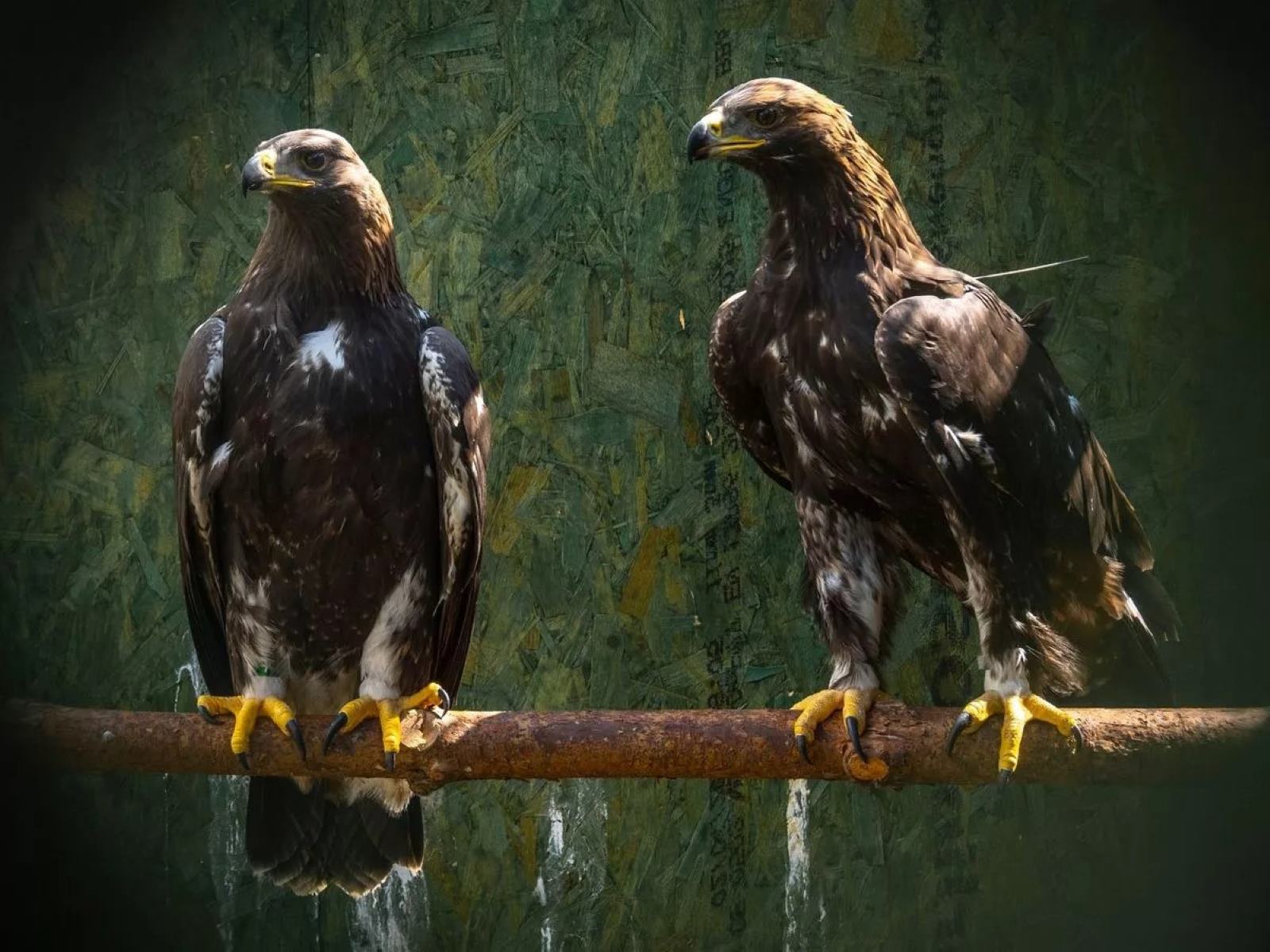Echoes Of The Eagles: Secret Nesting Spots Of Rare Birds

Have you ever wondered where rare birds build their nests? These elusive creatures often choose hidden spots, making it a challenge for bird watchers to find them. Secret nesting spots of rare birds can be in dense forests, high cliffs, or even remote islands. Each location offers safety from predators and a perfect environment for raising their young. Learning about these places not only helps in spotting these birds but also in understanding their behavior and needs. Ready to dive into the world of rare birds and their secret homes? Let's uncover the mysteries together!
Echoes of the Eagles: Secret Nesting Spots of Rare Birds
Birdwatching enthusiasts, get ready to spread your wings! Discovering the secret nesting spots of rare birds is like finding hidden treasures in nature. These elusive creatures often choose the most breathtaking and secluded locations to raise their young. Let's take a closer look at some of these magical places.
Mountain Peaks
High altitudes offer safety and solitude for many rare birds. The rugged terrain and sparse human activity make these spots ideal for nesting.
- Himalayas: Home to the majestic Himalayan Monal, these peaks provide a serene environment for these colorful birds to thrive.
- Andes Mountains: The Andean Condor, with its impressive wingspan, nests on the cliffs of these towering mountains.
- Rocky Mountains: Golden Eagles often choose the craggy cliffs of the Rockies to build their nests, far from human interference.
Dense Forests
Thick forests provide cover and abundant food sources for rare birds. The dense canopy offers protection from predators and harsh weather.
- Amazon Rainforest: The Harpy Eagle, one of the largest and most powerful raptors, nests high in the trees of this vast jungle.
- Black Forest: Known for its dense, dark woods, this forest in Germany is a haven for the elusive Black Woodpecker.
- Borneo Rainforest: Home to the rare Bornean Bristlehead, this lush forest offers a perfect nesting ground.
Coastal Cliffs
The dramatic landscapes of coastal cliffs provide stunning views and safe nesting sites for seabirds. The constant sea breeze and isolation make these spots ideal.
- Faroe Islands: Puffins dig burrows in the steep cliffs of these remote islands, creating a bustling bird community.
- Galápagos Islands: The Blue-footed Booby nests on the rocky shores, where they perform their famous mating dance.
- Cliffs of Moher: These iconic Irish cliffs are home to the rare Atlantic Puffin, which nests in the crevices and ledges.
Remote Islands
Isolated islands offer a sanctuary for rare birds, free from many land-based predators. These spots often host unique species found nowhere else.
- New Zealand's Subantarctic Islands: The Yellow-eyed Penguin, one of the rarest penguins, nests on these secluded islands.
- Hawaiian Islands: The Hawaiian Petrel, an endangered seabird, nests in burrows on the high slopes of these volcanic islands.
- Seychelles: The Seychelles Magpie-Robin, once on the brink of extinction, now nests safely on these protected islands.
Wetlands and Marshes
Wetlands provide a rich habitat with plenty of food and nesting materials. The waterlogged environment deters many predators, making it a safe haven for birds.
- Everglades: The Roseate Spoonbill, with its striking pink plumage, nests in the mangroves of this vast wetland.
- Okavango Delta: This lush delta in Botswana is home to the rare Pel's Fishing Owl, which nests in the dense riverine forests.
- Pantanal: The world's largest tropical wetland is a nesting ground for the Hyacinth Macaw, the largest flying parrot species.
Deserts
Though seemingly barren, deserts can be home to rare birds that have adapted to the harsh conditions. The sparse vegetation and wide-open spaces provide unique nesting opportunities.
- Sahara Desert: The Egyptian Vulture nests in the rocky outcrops and cliffs of this vast desert.
- Atacama Desert: The Andean Flamingo, one of the rarest flamingo species, nests in the salt flats and lagoons of this arid region.
- Sonoran Desert: The Elf Owl, the world's smallest owl, nests in the cavities of cacti in this North American desert.
Grasslands and Savannas
Open landscapes with tall grasses and scattered trees offer excellent nesting sites for ground-nesting birds. These areas provide ample food and visibility to spot predators.
- Serengeti: The Secretarybird, known for its long legs and hunting prowess, nests in the acacia trees of this vast savanna.
- Great Plains: The Greater Prairie-Chicken, famous for its elaborate mating dance, nests in the tall grasses of this North American region.
- Mongolian Steppe: The Saker Falcon, a powerful bird of prey, nests on the rocky outcrops and cliffs of this expansive grassland.
Hidden Gems Await
Exploring the secret nesting spots of rare birds offers a unique adventure. These hidden gems provide a glimpse into the lives of some of the world's most elusive creatures. From the dense forests to remote cliffs, each location tells a story of survival and beauty. Birdwatchers and nature enthusiasts alike will find joy in discovering these special places. Remember to respect these habitats, ensuring they remain undisturbed for future generations. Whether you're an experienced birder or just starting, the thrill of spotting a rare bird in its natural habitat is unmatched. So grab your binoculars, pack your gear, and set out on an unforgettable journey. The world of rare birds is waiting for you to explore and appreciate its wonders. Happy birdwatching!

